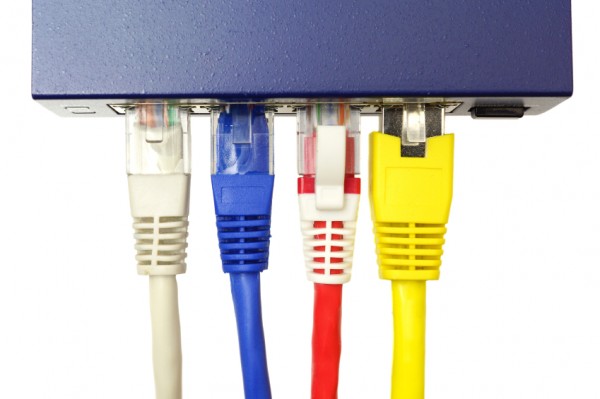
Security and network downtime are two of the biggest issues faced by IT professionals in supporting the needs of their businesses.
These findings were revealed in a survey on IT priorities conducted by networking and contact centre software provider Avaya at a technology forum in Bangkok this week.
According to the survey, 69 per cent of Avaya’s customers viewed security as the biggest bugbear, followed by network downtime which was cited by 61 per cent of respondents.
Additionally, one in four respondents would like more flexibility in their network to better support their business. Other areas in their wish list include enhanced virtualisation and an easier way to deploy new applications and services.
While the findings should surprise no one, given the high-profile security breaches that have taken place in the past year, they also present business opportunities for networking and security vendors.
Is SDN the panacea?
A recent Morgan Stanley report noted that network security design today has not adapted to the more dynamic access and threat environment, which a slew of vendors including the likes of Cisco, F5 and Palo Alto Networks have been trying to address with software-defined networking (SDN).
SDN offers a centralised intelligence and control model that is well-suited to provide much-needed flexibility to network security deployments, whether it is extending a corporate network to a new branch office, or providing Internet access to contractors over a guest Wi-Fi network.
One of the latest players in the SDN space is Avaya, which unveiled its SDN Fx architecture built on the Avaya Fabric Networking technology in February this year.
Avaya executives claim that SDN Fx is a complete offering that delivers on the promise of SDN, without the hidden complexity that comes with the towering overlays of software and hardware inherent in other vendors’ approaches.
By providing a direct path for data packets traversing a network through a single Shortest Path Bridging (SPB) protocol, SDN Fx helps businesses avoid latency issues or overheads associated with the use of multiple protocols. With an automated core, SDN Fx also does away with the need to configure routers and switches at each network hop.
And because each network hop is invisible to outsiders, Avaya executives claim that hackers who manage to breach an organisation’s firewall will not be able to view the network topology in its entirety, offering an additional safeguard against cyber attacks.
As SDN Fx works with any IP-based network, enterprises can also use it to connect up branch offices and field loations to their corporate networks via an open network adapter (ONA). Targeted at non-IT workers, the card deck sized ONA automatically offers a virtual path across the network that mitigates security risks and makes it easy to manage thousands of devices.
Though enterprises are mostly testing waters with SDN – since migration from legacy networks to SDN is not a simple task – research firm IDC sees the potential of the enterprise segment in bolstering the SDN market, which is poised to surpass US$1 billion by 2018 in the Asia-Pacific region, excluding Japan.
But obtacles remain. With IT buyers under the impression that SDN standards are still evolving, non-risk takers are deciding against investing in the technology in a big way, says Surjyadeb Goswami, research manager, APEJ enterprise networking at IDC.
That said, this is only a temporary obstacle as the benefits of SDN are too important to ignore. “Software-defined networking is a means to a desired goal, rather than an end or solution in its own,” says Goswami, adding that it can help to better align network infrastructure with the needs of application workloads.






